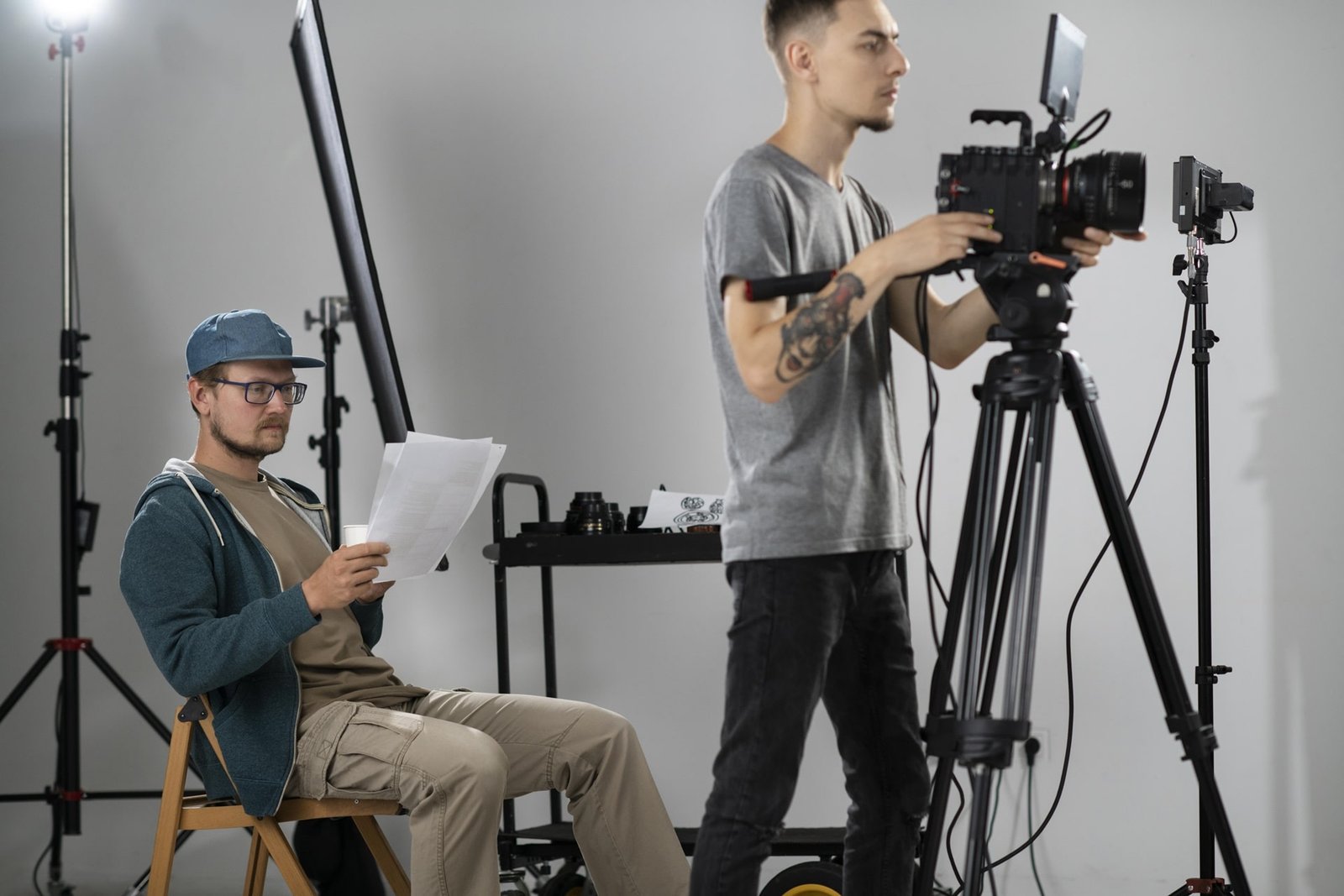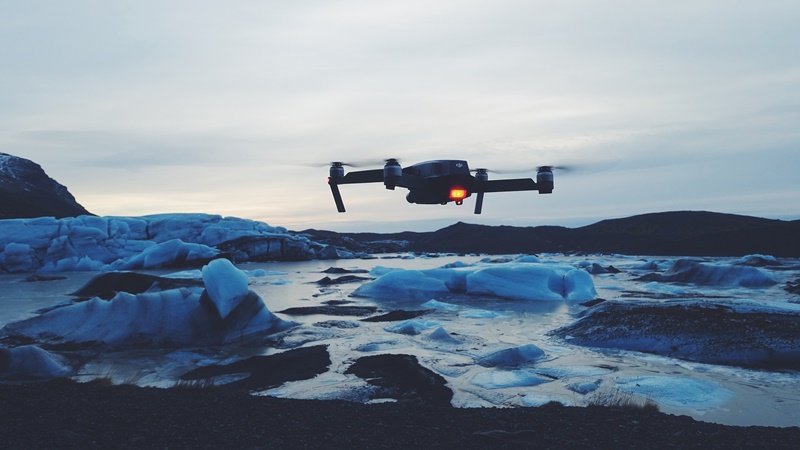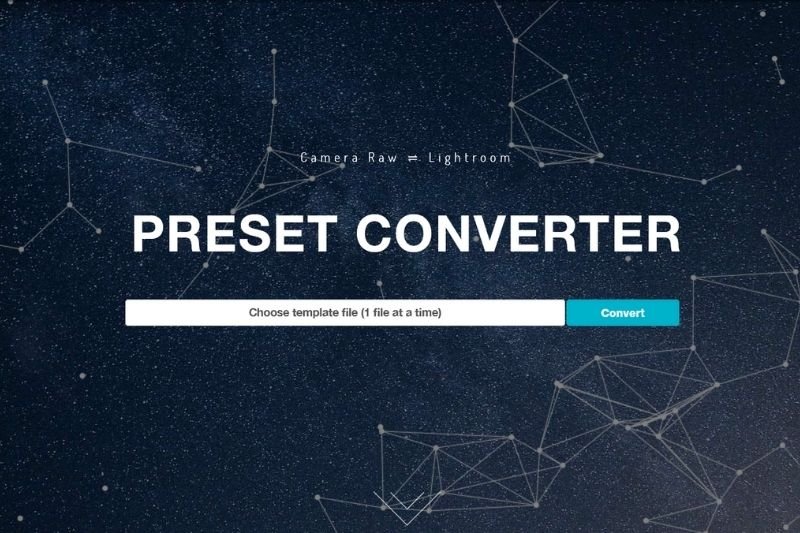Silhouette photos convey the very essence of emotion, the expression of thought. They are superimposed on a meaningful background, emphasizing the expressiveness of the outline. Silhouettes can be completely black. But since there are few details in such images, the shape and position of the objects in the foreground are critically important.
Many photographers are guilty of the fact that there are so many photos of beautiful sunsets in the world, spoiled by silhouettes in the foreground. They should have designated the scale and add a highlight to the frame. For an unforgettable photo, you still have to think a little before you shoot.
Basics
To create a good silhouette photo, you need to play on the contrasts between the bright background and the dark object in the foreground. So, you can shoot in good weather on a sunny day, at sunrise or at sunset. At night you will need a powerful light source. Also you can simply take pictures of the landscape behind trees or shoot any object against the backdrop of a beautiful sunset.
You need to set the exposure so that the dark object in the foreground turns black. For this purpose, the exposure metering is carried out on a bright background. So you can select each semitone and darken the silhouette. This means that in many cases the shutter speed should be set to a value that allows you to hold the camera in your hands.
Measurements
If the bright part of the landscape is too large, some cameras can achieve the desired effect if matrix/evaluation/multi-zone exposure metering is used. However, many cameras set the exposure on the subject they are focusing on. And if this is the dark part of the picture that should become a silhouette, then you will get an overexposed picture.
If this happens, adjust your photo using exposure compensation, or switch to manual exposure mode to set the desired mode. Center-weighted or spot mode will help to measure on the light background. The exposure meter will offer exposure settings that transmit halftones. If you do not need this, increase the exposure.
Testing
The sky at sunset or dawn will serve as an excellent setting for the silhouette. But the best effects are difficult to catch, because the morning and evening hours are short. It would be nice to walk around and find a good place to shoot in the day light. If you do not know where to look, go outside and go east or west (because of the Sun). When you select the locations, find objects that can form a beautiful silhouette. Look for well-recognized forms. And try to ensure that there is nothing but the sky in the background at the intended location of the shooting.
Trees, skyscrapers and cranes are classic subjects, but do not limit yourself to them. Can not find a suitable silhouette – come up with your own. People can create amazing shapes, and it’s worth spending a little time to inspect the potential model and find the angle at which you can shoot. Photos in profile look extremely well, they outline the contours of the face.
City Lights
At night, cities transform into suitable places for photography. Glowing advertising signs and lighting of buildings create a magnificent background for passers-by, statues and everyday things that can create interesting silhouettes.
As it was noted, it is important to make the object dark and keep all the shades of color in the background, and for this you can use the shutter speed. It allows you to hold the camera in your hands even during night shooting. Put the exposure on the light section. Then the darker silhouette in the foreground will become dark enough. Because it will not be exhibited.
Tuts and Reviews is a photography & filmmaking resource site. We find and feature freebies that we have found around the web from trusted sites and photographers as well as video or film creators. Make sure to browse our listing in the Freebies section! We also create our own digital products (free & paid) which you can check in our shop.








